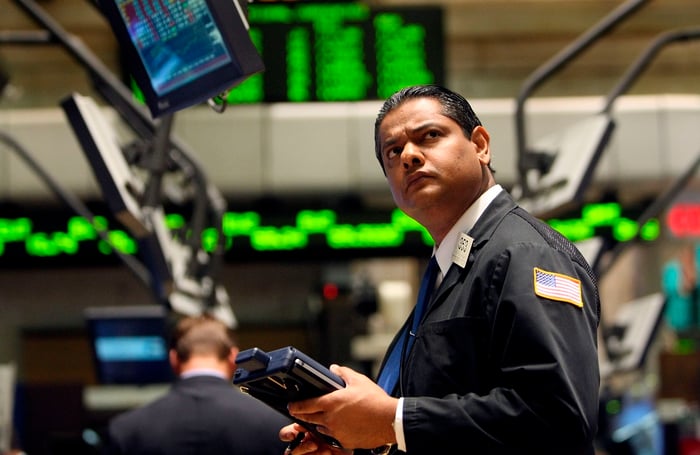A commercial pilot has revealed why you’re asked to put your phone in airplane mode before takeoff – and it’s nothing to do with the plane crashing
The holiday season is back, and with it all the niggling hassles like squeezing into last summer’s shorts, digging out your forgotten passport, and sprucing up those toenails for sandal-worthy feet.
Once you’ve finally boarded your plane, you’re often met with a stark reminder from cabin crew to switch your mobile to airplane mode. Is it really plausible that one tiny device could threaten the integrity of a gargantuan jet?
This question has been addressed by aviation boffins, and indeed they suggest there’s a need for caution. Commercial aviator Perico Durán advises: “Smart people think that something could happen if we don’t activate airplane mode, so do it.”
Back when mobiles were becoming omnipresent, there was genuine concern regarding their potential to disrupt aircraft systems. Notably, in 2011, Boeing 737 cockpit displays were discovered to be vulnerable to mobile-induced interference.
Perico clarifies that while interference wouldn’t cause an engine failure or stop landing gears from deploying, it might lead to misreadings or untimely distractions: “What might happen is a false indication of something, a distraction at a specific moment.”
According to Perico, air travel regulations are formulated to preclude even the most minute hazards: “We tell people to activate flight mode to avoid distractions,” he asserts.
He emphasises the triviality of being disconnected briefly: “What difference does it make?” Perico remarked. “It’s only ten minutes from ten thousand to fourteen thousand feet. Put your phone in flight mode and avoid a distraction. Being without your mobile phone for ten minutes is nothing.”
A 2017 survey by Allianz Travel Insurance involving over 1,500 Americans revealed that 40% don’t always switch their phones to airplane mode, with nearly 14% admitting to sneaking texts or calls mid-flight.
In the US, adherence to the flight attendant’s advice is more stringent due to Federal regulations which state, “cellular telephones installed in or carried aboard airplanes, balloons, or any other type of aircraft must not be operated while such aircraft are airborne (not touching the ground). When any aircraft leaves the ground, all cellular telephones on board that aircraft must be turned off.”
However, European travel offers a more laid-back approach. With the introduction of 5G technology on airlines in 2023, EU passengers can now freely make and receive calls and texts during flights, thanks to EU 5G networks operating on different frequencies than American ones, thus not interfering with aircraft systems.
If you’re concerned about your mobile phone battery dying mid-flight, it’s perfectly acceptable to bring an external power bank in your carry-on luggage. However, they should not be packed in your checked luggage due to the lithium batteries they contain, which can occasionally ignite.
Should a battery fire break out in the passenger cabin, flight attendants can quickly identify and extinguish it before it causes significant damage. Conversely, if a fire starts in the cargo hold, it could become dangerously widespread before an alarm is triggered.
If crucial documents like your boarding pass are stored on your phone, having a backup battery is a wise move. While airline staff will likely assist if your phone does run out of juice during your journey, it’s always better to be prepared.






